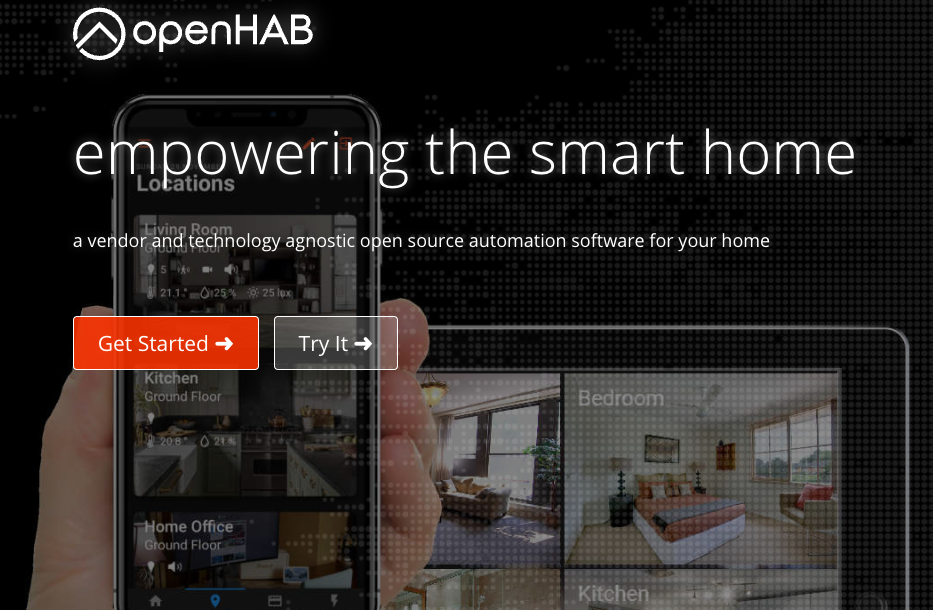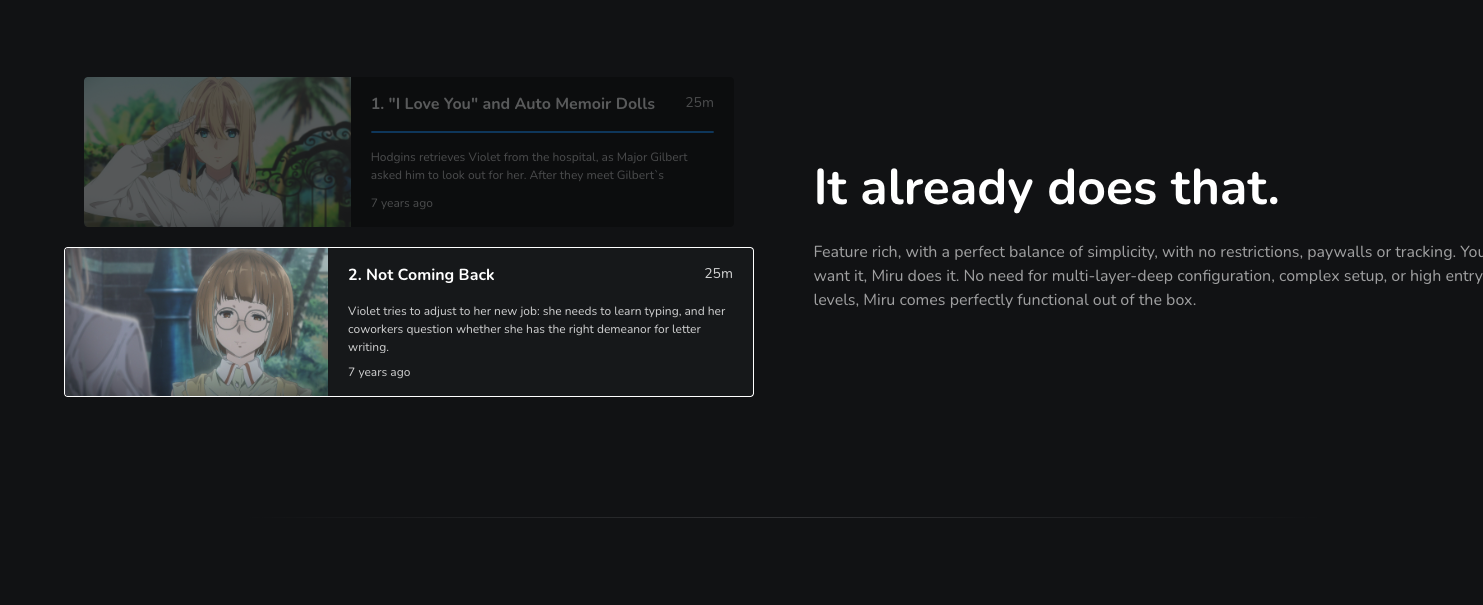How Astro Boy Predicted and Shaped Our AI Revolution Since the 1950s
Table of Content
When I think about what set me on the path to becoming both a doctor and a developer, I always go back to Astro Boy. Released in 1952 as a manga and later as an anime in 1963, Astro Boy (known as Tetsuwan Atom in Japan) was one of the first sci-fi stories to introduce a world where advanced robotics and artificial intelligence coexist with humanity.

Watching Astro, the boy robot with a human heart, navigate a futuristic society filled with flying cars, video conferences, and automated homes ignited a passion in me that shaped my career.
Astro Boy didn’t just predict a future filled with technological wonders—it also inspired generations to create the world it envisioned.
A Visionary World That Felt Within Reach
As a child, I was captivated by Astro Boy's futuristic setting. The world depicted in the series wasn’t just imaginative—it was eerily prescient. The show portrayed:
- Flying Cars: Zipping through futuristic skylines, these vehicles seemed like pure fantasy at the time. Today, companies like Tesla and Aeromobil are making significant progress toward making flying cars a reality.
- Video Conferences: Decades before Zoom became a household name, Astro Boy showed people communicating through video calls, something we now take for granted in our daily lives. When I saw my first video conference, it felt familiar—I’d already seen it in Astro Boy.
- Automated Smart Homes: The series showcased homes run by robots and AI assistants—a concept that’s no longer futuristic with smart home technologies like Alexa, Google Nest, and automated IoT systems.
- Cleaning Robots and Smart Appliances: The idea of autonomous machines helping with household chores was central to Astro Boy’s vision. Today, companies like Xiaomi have turned this into reality with products like robotic vacuums and smart home appliances that sync seamlessly with IoT ecosystems.
- Smart AI Machines and Robots: The heart of Astro Boy was its exploration of AI-powered robots who could think, feel, and learn. This deeply influenced my interest in building AI applications that bridge the gap between technology and humanity.

Sci-Fi’s Role in Innovation
Astro Boy wasn’t just a show; it was a roadmap for the future. Like many other sci-fi classics, it showed us what could be possible if we dared to dream. Flying cars, AI robots, and automated homes were once mere fantasy, but they are now becoming tangible realities thanks to the inspiration sparked by stories like this one.
From the first time I saw Astro fly across the screen, I knew I wanted to be part of creating a world where technology and humanity coexist harmoniously. That dream drives me to this day.


Closing Thoughts
In many ways, Astro Boy shaped not just my career but also my worldview. It showed me that technology is only as valuable as the good it can do for humanity.
As we move closer to a future filled with flying cars, advanced robotics, and AI-driven solutions, I’ll always look back on Astro Boy as the inspiration that set me on this incredible journey.
Resources
- Astro Boy History – Tezuka Productions
- Flying Cars – Aeromobil
- Video Conferences and the Evolution of Communication
- Smart Homes and IoT – Google Nest
- AI Robotics – The Astro Boy Legacy











